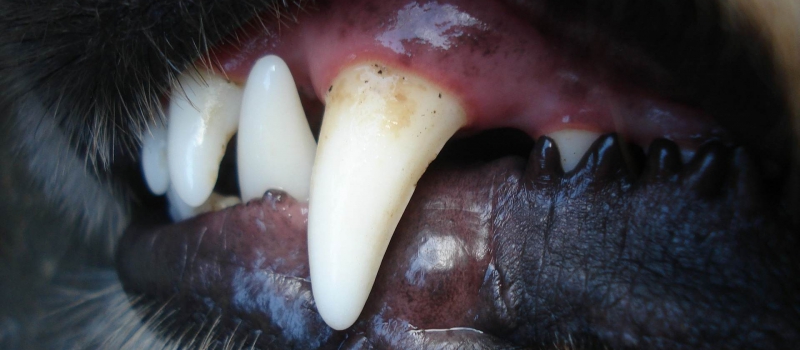The Uncomfortable Truth about Tooth Root Abscesses
Have you ever had a tooth root abscess?
They hurt! A lot!
However there are things you can do to minimise their occurrence and key things to look out for….

Risk Factors
What do the following have in common: Deer antlers, ice cubes, and bone?
Given this is an article about teeth; you’d be right in supposing the answer is dental related…but not in a good way. All of these things are liable to damage teeth, specifically cause chip fractures
This matters because fractured enamel offers an entry point for bacteria in the mouth to get into the tooth’s pulp cavity. Those bugs then use these soft tissues as a super-highway to the tooth root to set up an abscess.
Whilst it’s true that damaged teeth are the number one cause of tooth root abscess, anything that allows bacteria to track along the root will have the same effect. Thus, inflamed gums or wobbly teeth are often linked to this problem.
The Symptoms of a Dental Abscess
The most common signs are swelling, soreness, and sometimes smell.
- Swelling: A common site for abscess formation is the big chewing teeth (carnassial) at the back of the mouth. This results in a sizeable bump on the cheek, just below the eye.
- Soreness: Toothache means an aching throb that makes life miserable. The dog may drop food out of his mouth or be reluctant to eat. It can also make some dogs short-tempered.
- Smell: In addition, general infection in the mouth can also lead to offensively bad breath.

“A common site for abscess formation is the big chewing teeth at the back of the mouth… Look for a sizeable bump on the cheek, just below the eye…”
Rooting Out Dental Abscesses
Unfortunately, once an abscess forms the patient will need antibiotics and dental attention to sort out the root cause. Please don’t be tempted to give pain relief from your medicine cabinet, but instead seek a safe and permanent solution by contacting Dr Chris or Dr Tash.
